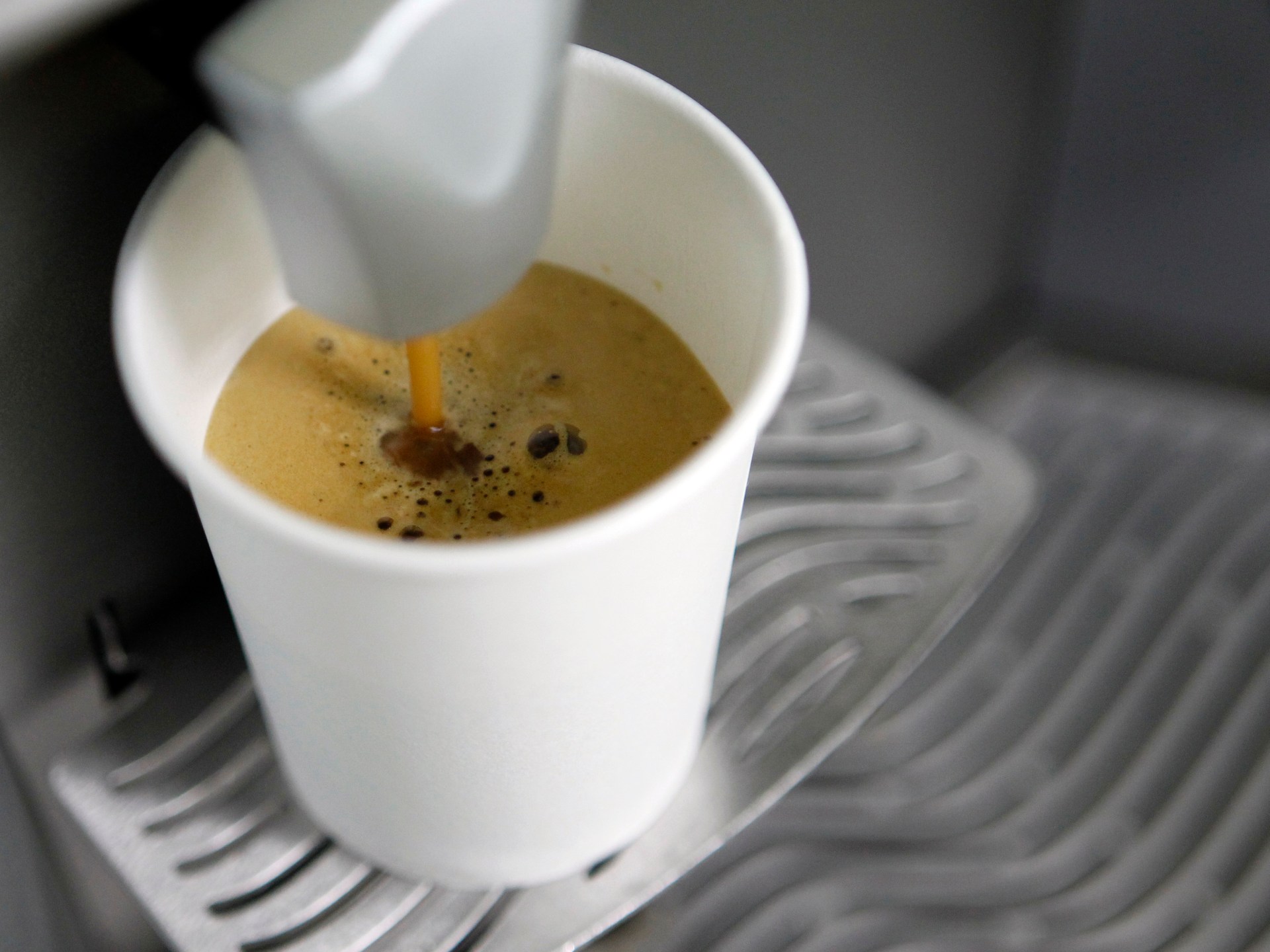19/8/2025–|Last update: 06:14 (Mecca time)
The fine plastic materials are found everywhere around us in the air that we breathe, and in the seas, rivers, soil and forests, as found in the intestine of the fish, and inside plants and honey, and they are also present inside human cells and blood, and accumulate in their vital brains and organs, but how do you get there?
It is not surprising that one of the most important methods of leakage of fine plastic materials to the body is the liquid consumed, but the degree of leakage varies according to the type of drinks and cups, as well as a new study.
A research team from the University of Birmingham in the United Kingdom tested 155 common drinks, including hot and cold drinks, in search of fine plastic materials to obtain a picture of the average human exposure through a realistic set of daily drinks available in one country.
Previous studies have proven to have accurate plastic particles in both tap water and bottled water, but the new research revealed that hot drinks may be a greater source of fine plastic particles than previously believed, as the highest accurate plastic concentrations were in hot tea and hot coffee.
The study also tested iced tea and iced coffee, in search of fine plastic materials, but it has found much lower quantities, indicating that the high temperatures and the processes used to make hot drinks contribute to the focus of the levels of fine plastic materials that end in the product.
The team evaluated 31 different species of famous brands in the UK, which were all purchased from supermarkets and cafes in 2024. It included hot and iced coffee, hot tea and iced, juices, energy drinks, and soft drinks.
The microscopic plastic particles are determined in the chosen samples using microscopic imaging. And hot tea contained in one cup of use at the highest level of fine plastic particles, with an average of 22 plastic particles per cup, compared to 14 accurate plastic particles for each cup in glass cups.
The study also found that the most expensive tea bags were leaked from them the largest amount of plastic, with an average of 24 to 30 plastic particles accurately for each cup.
The research team emphasized that the results they reached regarding hot coffee, strongly indicates that a one -time cup material is the main source of accurate plastic in samples. The team finally identified the total results by measuring the exact amount of plastic per liter according to the type of drink and were as follows:
Hot Tea: 49 to 81 molecules per liter
Hot coffee: 29 to 57 molecules per liter
Iced tea: 24 to 38 molecules per liter
Iced coffee: 31 to 43 molecules per liter
Fruit juice: 19 to 41 molecules per liter
Energy drinks: from 14 to 36 molecules per liter
Soft drinks: from 13 to 21 molecules per liter
In 2024, the same team published a search revealed that the average accurate plastic concentration in the tap water ranges between 24 and 56 plastic molecules per liter, and it cannot be statistically distinguished from its concentration in the bottled water that ranges between 26 and 48 molecules per liter.
The study concluded that there is a wide -ranging extensive plastic in all cold and hot drinks that were examined. It is worrying, especially since the consumption of hot drinks is widely widespread, which exacerbates the pathogens that plastic leakage to human bodies in particular.
(Tagstotranslate) Environment and Climate (T) Pollution (T) Europe (T) UK

